Widening the Lens
NOTE: Thank you for the excellent feedback on last week's post about "Whatever Happened to Complicated Conversations?" I think that many of the questions I received will be answered in the following post. Enjoy. As always, you can find all of my blogs from 2013 to the present on my website at https://stevemarshallassociates.com/steves-blog/.
"The lesson for anyone) working amidst intractable conflict: complicate the narrative. First, complexity leads to a fuller, more accurate story. Secondly, it boosts the odds that your work will matter — particularly if it is about a polarizing issue. When people encounter complexity, they become more curious and less closed off to new information. They listen, in other words." Amanda Ripley, Atlantic Magazine - June 2018
1. Amplify Contradictions
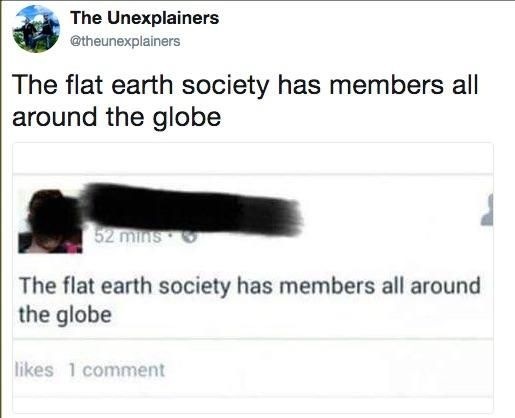
2. Widen the Lens
Decades of research have shown that when the media widens the lens, the public reacts differently. Starting in the 1990s,

Again and again, people who watched the narrow-lens stories on the welfare mother were more likely to blame individuals for poverty afterward, even if the story of the welfare mother was compassionately rendered. By contrast, people who saw the wider-lens stories were more likely to blame the government and society for the problems of poverty. The wider the lens, the wider the blame, in other words.
In reality, most stories include both wide and narrow-lens moments; a feature on a welfare mother will still invariably include a few lines about the status of job-training programs or government spending. But as Iyengar showed in his book 'Is Anyone Responsible?', TV news segments are dominated by a narrow focus. As a result, TV news unintentionally lets politicians off the hook, Iyengar wrote, because of the framing of most stories. The narrow-lens nudges the public to hold individuals accountable for the ills of society, rather than corporate leaders or government officials. We don’t connect the dots.
Great storytelling always zooms in on individual people or incidents; I don’t know many other ways to bring a complicated problem to life in ways that people will remember. But if the media doesn’t then zoom out again, connecting the welfare mother or, say, the controversial sculpture to a more significant problem, then the news media just feeds into a human bias. If we’re all focused on whatever small threat is right in front of us, it’s easy to miss the big catastrophe unfolding around us.
3. Ask Questions that Get to People’s Motivations
Mediators spend a lot of their energy on this idea of digging underneath the conflict. They have dozens of tricks to get people to stop talking about their usual gripes, which they call “positions” and start talking about the story underneath that story, also known as “interests” or “values.”
Opposing Obamacare is a position; a belief in self-sufficiency is, for many people, the value underlying their position. Whether you agree or not, these deeper motivations matter far more to the debate than the facts of the conflict (and also happen to be more interesting).
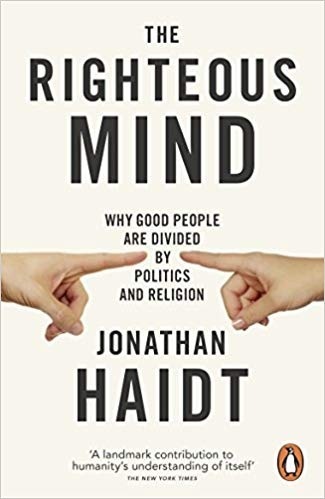
Instead, Haidt identifies six moral foundations that form the basis of political thought: care, fairness, liberty, loyalty, authority, and sanctity. These are the golden tickets to the human condition. Liberals (and liberal members of the media) tend to be very conscious of three of these foundations: care, fairness, and liberty. Conservatives are especially attuned to loyalty, authority, and sanctity, but they care about all six. And conservative politicians reliably play all six notes, Haidt argues.
Conservatives (and conservative media) have a systemic advantage as a result. They can motivate more people more often because they hit more notes. (Notice how Democratic leaders still do not talk very often about Trump’s disloyalty to America, his cabinet members, and his wives, in those terms, despite being bombarded with evidence of such disloyalty. They complain more often about injustice, indecency, and unkindness because those are the notes they most like to play.)
If the media wanted to broaden their audiences, they need to speak to all six moral foundations. If any of us want to understand what’s underneath someone’s political rage, we need to follow stories to these moral roots, just like mediators. People tend to keep describing their stories in the same way. In mediation, you try to flip that over and say, "How did you come to that? Why is this story important to you? How do you feel when you tell it to me?” Those questions may seem touchy-feely, but it’s surprising how rarely people get asked them. You see people kind of blink and go, "I never thought of it that way.”
These kinds of questions reveal deeper motivations, beyond the immediate conflict. Sometimes, the entire conflict disappears when this happens — because people suddenly realize they agree on what matters most. More often, the questions reveal that the dispute is about something other than what everyone thought. “Experienced mediators love telling stories like this,” says Mary Conger, a mediator who co-founded the American Dialogue Project, which matches Americans up for conversations across political divides. “We all thought we were in the room for an entirely different reason. It unlocks this world of possibilities.
Of course, it’s easier to get regular people to dig into their backstories; upending the script of a well-rehearsed executive or politician can be impossible, no matter what questions they are asked. But there are ways to get underneath the surface, even with politicians, with a question like, "I want to know why you feel this way.”
Here are some specific questions that mediators suggest that anyone could ask to get underneath the usual talking points:
- What is oversimplified about this issue?
- How has this conflict affected your life?
- What do you think the other side wants?
- What’s the question nobody is asking?
- What do you and your supporters need to learn about the other side to understand them better?
4. Listen More, and Better
Americans’ trust in mass media (newspapers, TV, and radio) “to report the news fully, accurately and fairly” is at its lowest
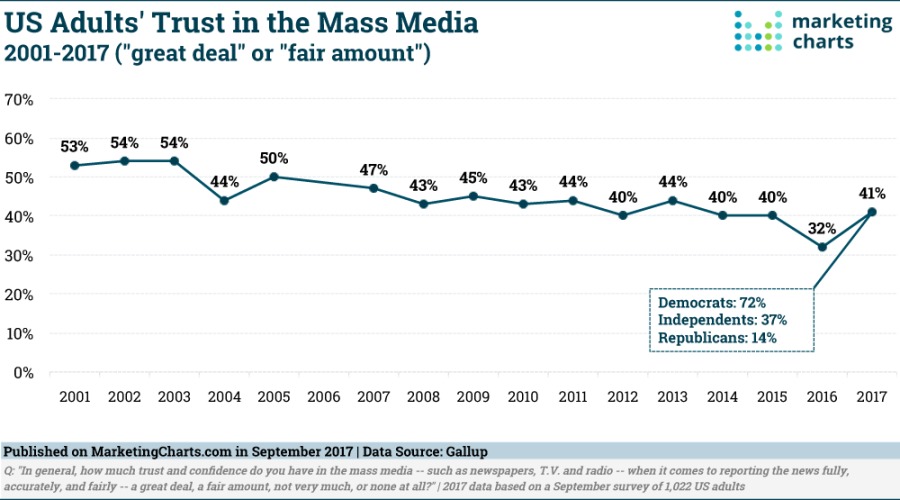
One of the most common mistakes is to miss very subtle cues. For example, the observant teacher might ask students how things are going and accept the first answer she gets, which is usually, “Great!” Later, when that same teacher got the students’ grade reports, she’d realize things were not great. Like all humans, the students had been reluctant to lead with their vulnerability. We talk about what we’re comfortable and confident with first, and what you think the person wants to hear. When you really want someone to go further is honestly when you get the essential information.
I think to learn to listen not just to what people say, but to their “gap words,” or the things that they don’t say. If they hesitate, for example, before answering a question about their last math test, or if they dodge a question altogether. Then it is time to dig deeper. Asking important questions multiple times, sometimes weeks apart, and almost always gets different answers. Usually, each response is accurate, and each represents a separate piece of the story. Most of all, itis critical to keep an open mind for as long as possible in every conversation. It’s so easy to go in with the thought that you know exactly what is going on, which shuts down other possibilities.
Another related and widespread strategy for building trust is to double check; to give the person a distillation of what you thought they meant and see what they say. This is called “looping for understanding;” try doing it every time you feel you’ve heard someone say one thing that is important to him or her.
Our brains make rapid assumptions that we aren’t even aware we’re making. We are wrong more often than we think. To understand what someone means requires a lot of double-checking. It’s a simple tactic that sounds something like this: “So you were disappointed by the Mayor’s actions because you care deeply about what happens to the kids in this school system. Is that right?”
Granted, I don’t always have the self-control to loop. But when I do pull it off, it always helps, lowering the heat of the conversation and the odds it will go wrong. This sounds squishy, but it is a key to the kingdom. Having someone articulate your most crucial message proves that you’ve been understood, which is all most of us want.

In other words, trust is mutual. It’s easier to get trust if you give it.
5. Expose People to the Other Tribe
The most powerful way to get people to stop demonizing each other, as decades of research into racial prejudice have shown, is to introduce them to one another. The technical term is “contact theory,” but it just means that once people have met and kind of liked each other, they have a harder time caricaturing one another. Genuine human connections permanently complicate our narratives. Communities with more cross-cutting relationships tend to be less violent and more tolerant.
The media can introduce people in at least two ways: vicariously, through good storytelling, or literally, by bringing
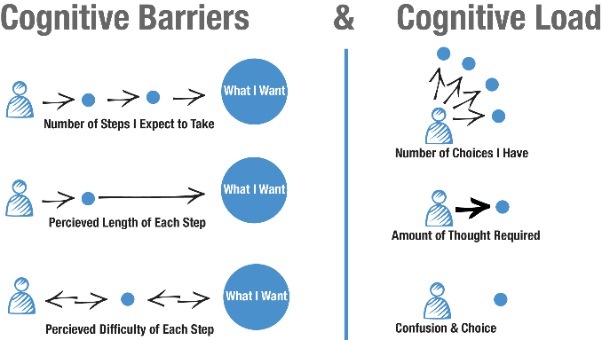
Vicarious storytelling can unintentionally narrow the lens, as previously discussed, by focusing on individual accountability instead of systemic ills. It is essential to widen the lens and connect a particular representative of the “other” tribe to a broader history and story — or the story can end up just confirming the audience’s biases.
Literal convenings, meanwhile, are happening more often as more media outlets look to subscribers to support their work over the long term, instead of depending on drive-by clicks. But here again, the execution makes all the difference. It’s essential, for example, that everyone invited to a community gathering feels like they are on equal footing. The situation needs to be non-threatening and fair (so you wouldn’t want to host a conversation about race in the whitest neighborhood in town, for example).
There should be moments of levity and shared history or purpose, too. And ideally food. People still bond when they break bread, just as they always have. These details matter a lot, just as much as the substance of the conversation.
The best conversations across differences usually start with personal questions like, “Which of your life experiences have shaped your political views?” When we tell our own story, we tend to speak with more nuance, because real life is not a bumper sticker.
6. Counter Confirmation Bias (Carefully)
One of the most well-studied biases in the human portfolio is confirmation bias, our nasty habit of believing news that confirms our pre-existing narratives and dismissing everything else.
Worse yet, people exposed to information that challenges their views can actually end up more convinced that they are right. (And more educated people are not necessarily less biased in this way. For example, scientific literacy and numeracy are not reliable predictors of believing climate change poses a severe risk to the public, as Dartmouth professor Brendan Nyhan has found.)
That’s because people don’t decide to accept something based on its statistical validity. That’s just not how our brains have evolved to work. We judge information based on its source and its harmony with our other beliefs. As Daniel Kahneman puts it in Thinking Fast and Slow: “How do you know if a statement is true? If it is strongly linked by logic or association with other beliefs or preferences you hold or comes from a source you trust and like, you will feel a sense of cognitive ease.”

Another tactic is to use graphics instead of text. In a series of experiments, Nyhan and colleagues found that presenting information visually increased the accuracy of people’s beliefs about charged issues, including the number of insurgent attacks in Iraq after the U.S. troop surge and the change in global temperatures over the past 30 years.
Cognitive ease also comes from a feeling of hope. Uncomfortable information that could generate fear (such as a report on the devastation of this year’s flu epidemic) is more palatable to people if it comes with a side of specific actions that people can take in response (such as a list of pharmacies offering free flu shots along with their hours of operation).
In a meta-analysis of more than 100 studies on fear messaging, researchers found that fear without a sense of agency backfires, leading people to respond with denial, avoidance, and disgust. The vast majority of news stories function precisely this way, which should give us pause. Generating denial, restraint, and disgust cannot be a good business model. But when people are reminded that a problem has possible solutions (some of which they agree with and can act on shortly), they are more open to considering the warning.
Finally, some simple advice: it’s important not to repeat a false belief to correct it. If people are told Barack Obama is not Muslim, many will remember that he is Muslim. The negative vanishes merely from their minds because it doesn’t fit with their pre-existing biases. The best way to counter this disturbing tendency is just to state that Obama is Christian, and avoid ringing any false notes altogether.
Breaking the Narrative
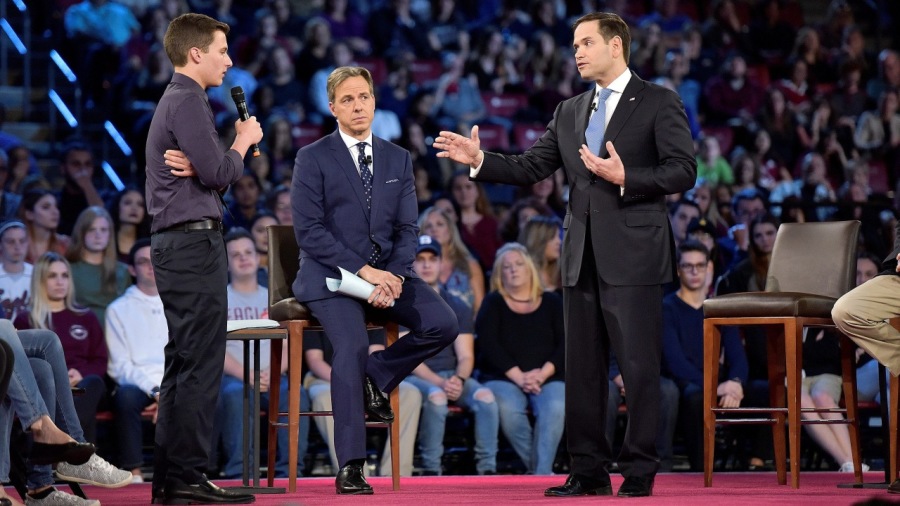
In all these encounters, the media personalities seem to have good intentions. They want to do this differently; they just lack the skills. It’s like watching your grandfather use Twitter; he could learn, but it probably won’t happen naturally.
Talking to people in high conflict is a piece of our clinical training that wasn’t properly handled, and now we are dangerous. The result is not just boring TV; we are adding to the toxicity when we don’t intend to. The reaction to Tapper’s town hall, on TV and social media, was a shrieking match between FOX News supporters, who accused CNN of feeding questions to the students, and CNN supporters, who accused the critics of lying and applauded their righteousness.
Interestingly, it was left to the politician, Senator Marco Rubio, who participated in the town hall despite being wildly outnumbered politically, to explain what was at stake:
“We are a nation of people that no longer speak to each other. We are a nation of people who have stopped being friends with people because [of whom] they voted for in the last election,” he said. “We’re a nation of people that have isolated ourselves politically and to a point where discussions like this have become very difficult.” And indeed, it was a tough night for Rubio. But it could have been so much more than painful. It could have been revealing.
The media need to learn to amplify contradictions and widen the lens on paralyzing debates. We need to ask questions that uncover people’s motivations. All of us could learn to listen better. As researchers have established in hundreds of experiments over the past half-century, the way to counter the kind of tribal prejudice we are seeing is to expose people to the other tribe or new information in ways they can accept. When conflict is cliché, complexity is breaking news.
Next Week: I Don't Know Yet!
Articles from Steven Marshall
View blog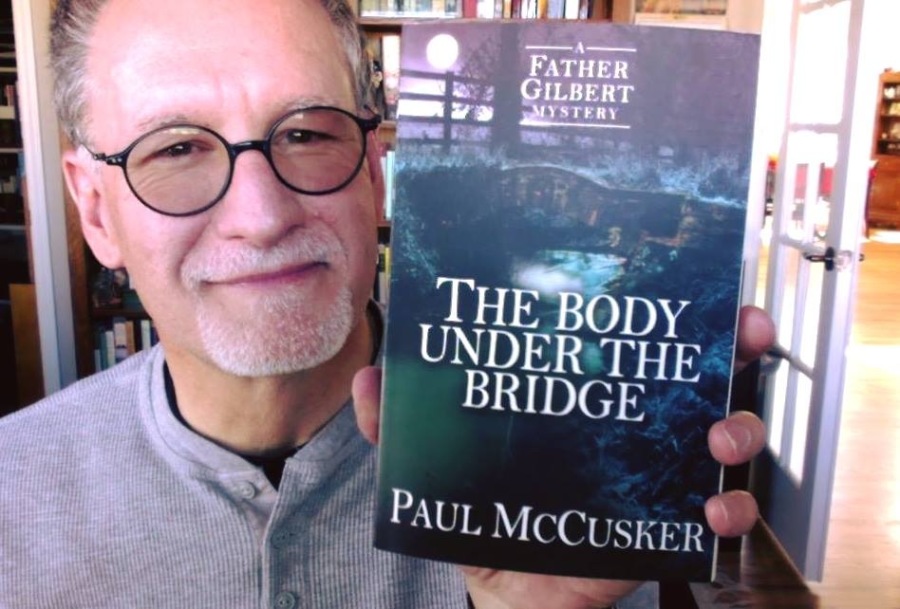
NOTE: The following is from my friend, Paul McCusker, Senior Director of Content Creation at the Aug ...

Note: I recently met a gentleman named Carl Dierschow, who owns/runs a consulting company called "Sm ...

Note: I have heard the title of this blog numerous times when I tell people what I like to do for fu ...
You may be interested in these jobs
-
Operations Associate
Found in: beBee S2 US - 3 weeks ago
Burberry Limited Chicago, United StatesINTRODUCTION · At Burberry, we believe creativity opens spaces. Our purpose is to unlock the power of imagination to push boundaries and open new possibilities for our people, our customers and our communities. This is the core belief that has guided Burberry since it was founded ...
-

Transportation for 2 people from 07015 to Magaluf
Found in: Handyman CS US - 3 hours ago
Direct apply
beBee Handyman Mokelumne Hill, CA, United States FreelanceI am in need of a taxi service in Mokelumne Hill, CA with the following characteristics:Number of passengers · 2 · Number of suitcases or luggage · No luggage · Purpose of transportation · Transfers to nightclubs or leisure areas · Origin location (one-way) · 07015 · Destination ...
-
Geotechnical Engineer
Found in: Lensa US 4 C2 - 13 minutes ago
Planet Forward Norfolk, United StatesOur client is seeking a Senior Geotechnical Engineer to support their client on an Advisory and Assistance Support Services Contract. Directly integrated into client teams, their staff team actively leverages their professional expertise toward the successful development and comp ...


Comments